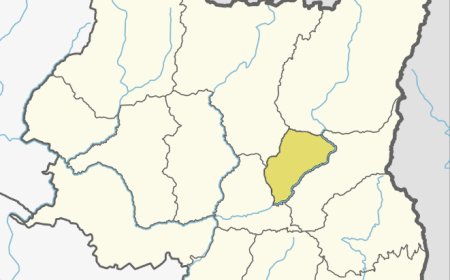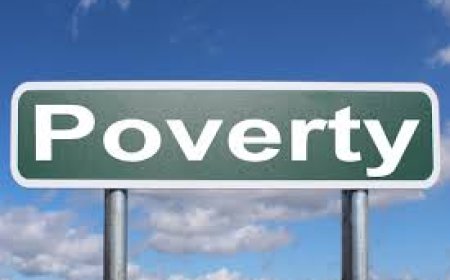National things associated with Nepal
Unveiling Nepal's Uniqueness: From its flag to anthem and emblem, delve into the cultural wonders and natural beauty of this heavenly nation.
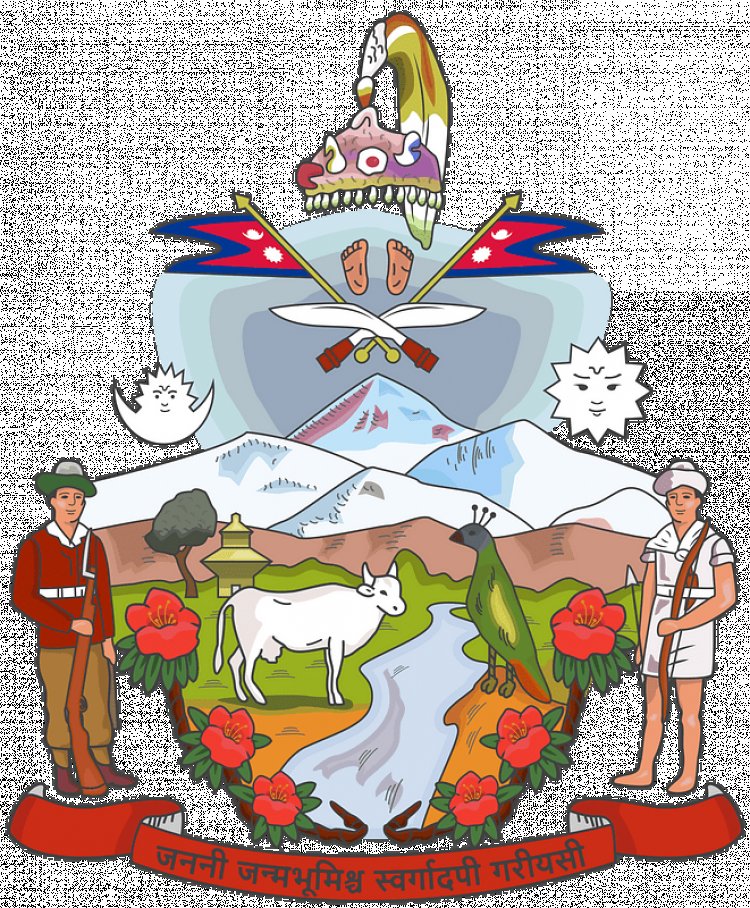
Have you ever experienced heaven? As a glad Nepali, I can certainly say that my nation, settled in Asia, is nothing short of heaven to me. This country is filled with countless reasons to be amazed, including its remarkable cultural heritage, breathtaking natural attractions, grand Himalayan summits, significant spiritual sites, welcoming and hospitable locals, a serene atmosphere, and plentiful natural splendor. If you are not Nepali and are looking to travel to a country that will bring you a sense of good fortune, I warmly invite you to Nepal with all my heart.
Nepal stands as a truly exceptional country, encompassing a multitude of remarkable aspects that set it apart. Let's explore the national things associated with Nepal that contribute to Nepal's distinctiveness, elevating it to a truly unique position on the global stage:
1. National Flag:
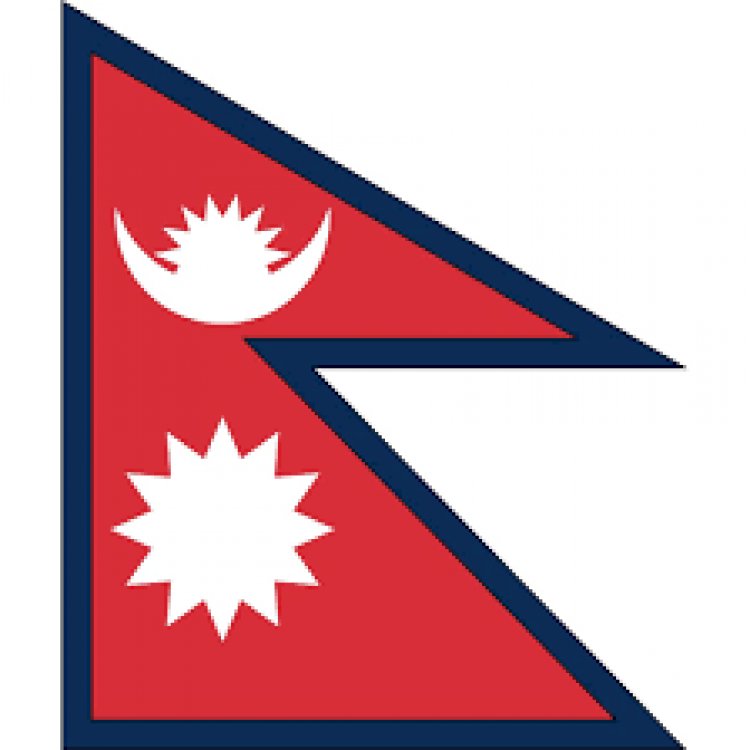
The majority of flags in the world have a rectangular or square shape, except Nepal's flag, which is uniquely designed as a triangle. The flag consists of two distinct sections, with the upper portion featuring a crescent and an eight-rayed moon, while the lower section showcases a twelve-rayed sun.
2. National Anthem:
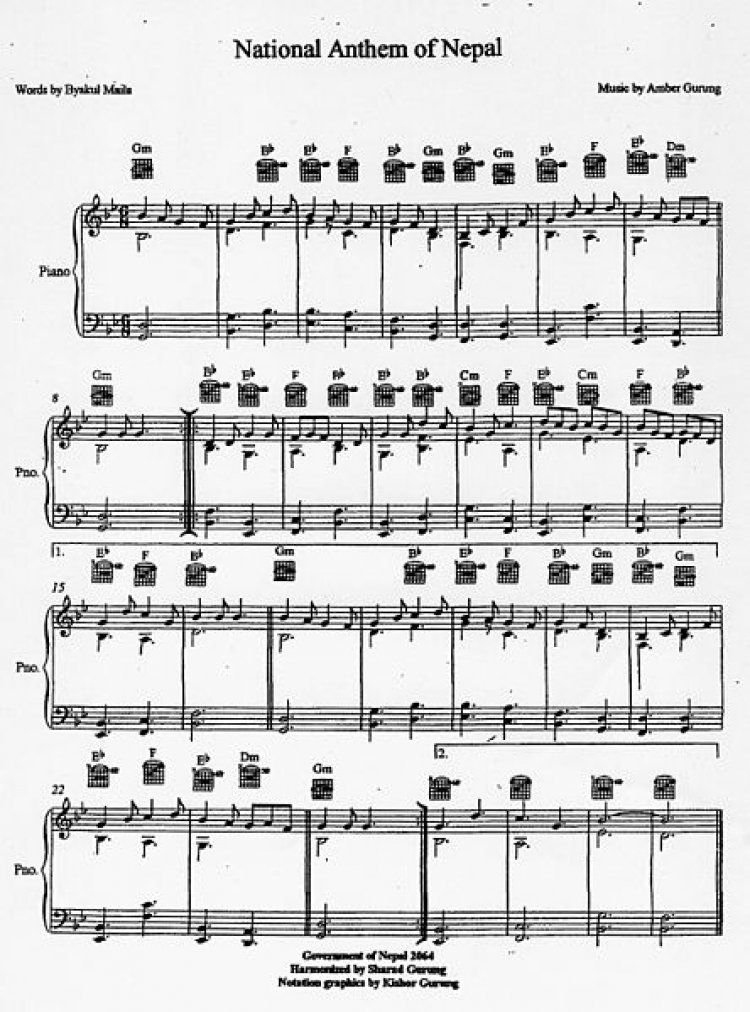
The national anthem of Nepal is called "Sayun Thunga Phulka Hami", The national anthem's words were written by Pradip Kumar Rai, also known as Byakul Maila. The late Amber Gurung made the music. The national song of Nepal talks about being proud of the country and its culture, being brave and united, respecting nature, and working towards progress and peace. In 2016, the BBC ranked Nepal's national anthem as the most amazing and unique compared to other anthems and ranked it third out of all the anthems played during the Rio 2016 Olympics.
3. National emblem :
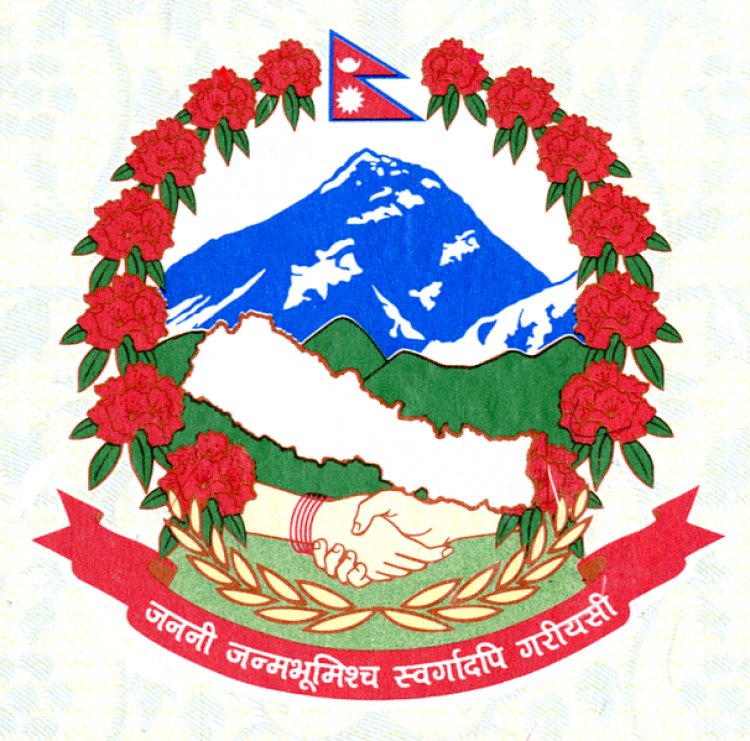
Nepal holds significant value for the country as it represents its emblem. The government of Nepal and many government groups use national emblems. The flag of Nepal has a picture of Mount Everest, green hills to show the hilly parts of Nepal, and yellow to show the fertile Terai region. There are male and female hands joining to show equality, and a garland of the national flower, the rhododendron (also called Guraash). On the top is a white outline of Nepal.
4. National flower:
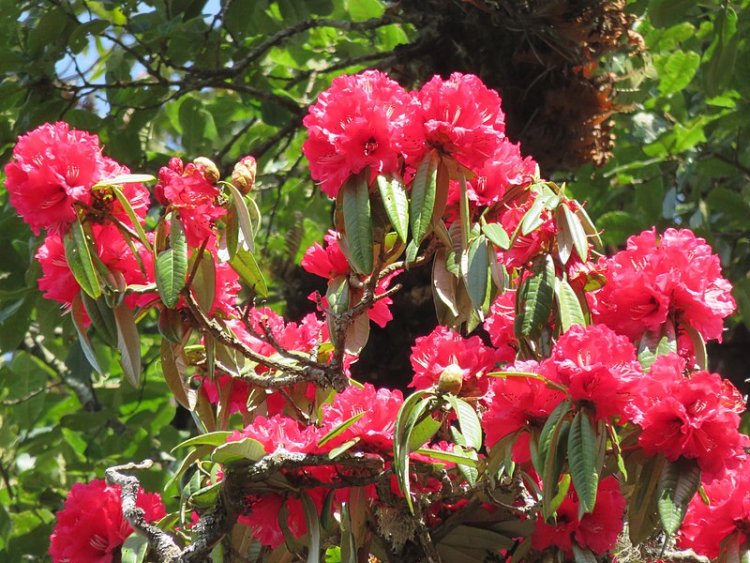
Lali Gurans also called the rhododendron, hold the distinguished title of national flower in Nepal. The rhododendron, an integral part of Nepal's ecosystem, holds great importance in preserving the country's natural heritage. The customary location where rhododendrons thrive is within the mountains of Nepal, especially at elevated heights in the Himalayas. The rhododendron holds a notable status as Nepal's national flower owing to its significant relevance and its attractive physical characteristics. This flower shows the country's nature and different kinds of natural heritage.
5. National bird:
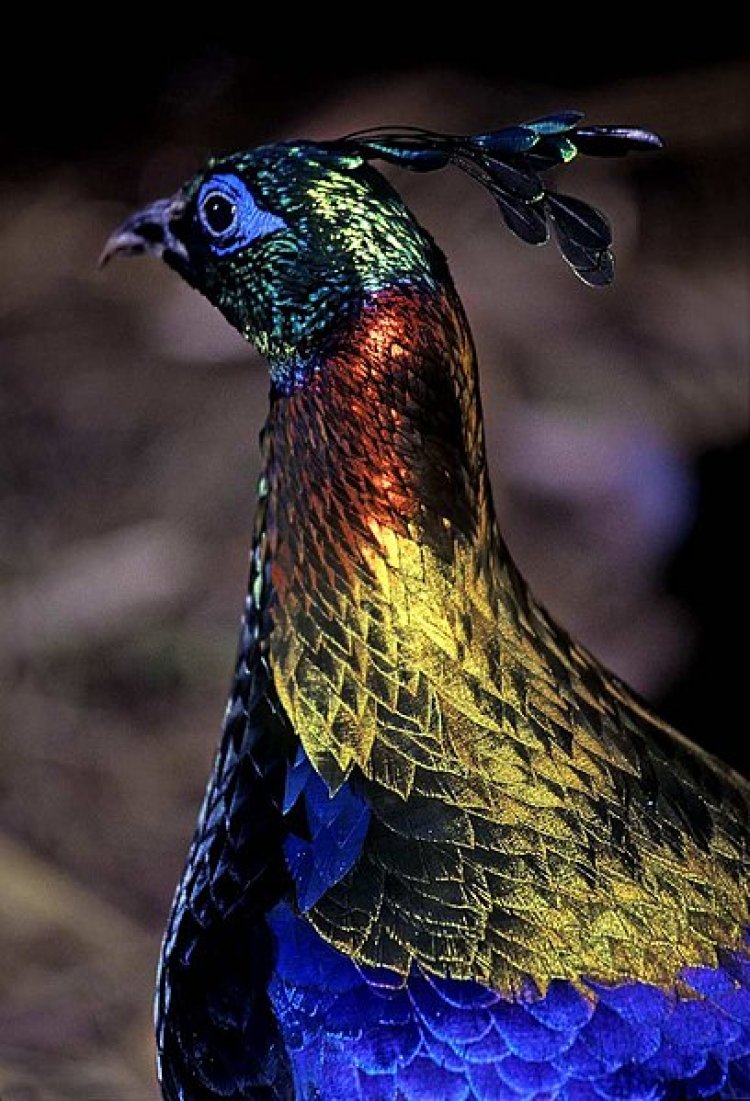
The national bird of Nepal is the Danphe, or Himalayan Monal (Lophophorus impedance). This gorgeous and majestic bird is found in the Himalayas. The Danphe is important to Nepal because it is a symbol of their culture. People think it represents being pretty, elegant, and one-of-a-kind. The Danphe bird is often seen in old-fashioned pictures, handmade things, and stories of Nepal. The selection of the Danphe as Nepal's national bird signifies its significance and beauty while also acknowledging the diverse variety of avifauna inhabiting Nepal.
6. National animal:
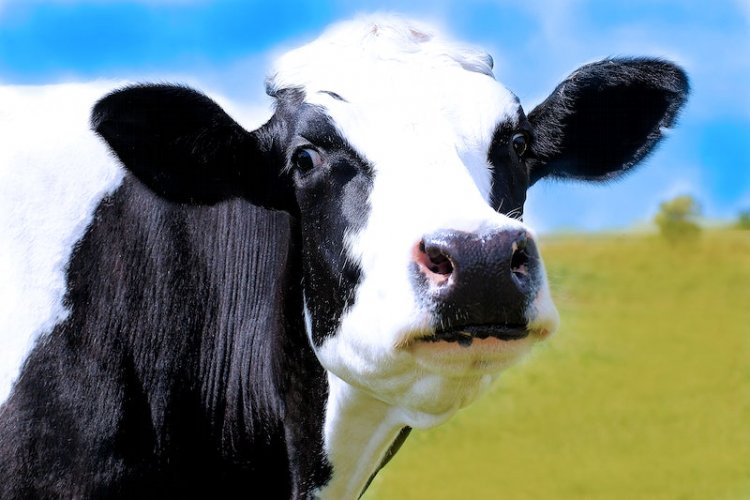
The cow (Gai) is the national animal of Nepal. The Nepalese community considers cows indispensable beings. They are valued and used for religious and cultural practices. In Nepal, people highly respect cows and show it through their religion and culture. Cows are sometimes dressed up with flowers and red powder on their heads during religious events. They are given special food and are believed to bring good luck. Cows are important in Nepal because they help with farming, and they are important for religious and cultural reasons too. By choosing the cow as the national animal, Nepal shows that it values and acknowledges the important relationship between its people, culture, and agricultural sector.
7. National Sport:

Nepal's national sport is volleyball. In the past, dandi biyo, which involves the use of sticks, was widely recognized as the unofficial national game. Nevertheless, the Nepalese government revealed in 2017 that volleyball would be considered the national sport of Nepal.
8. National dish:
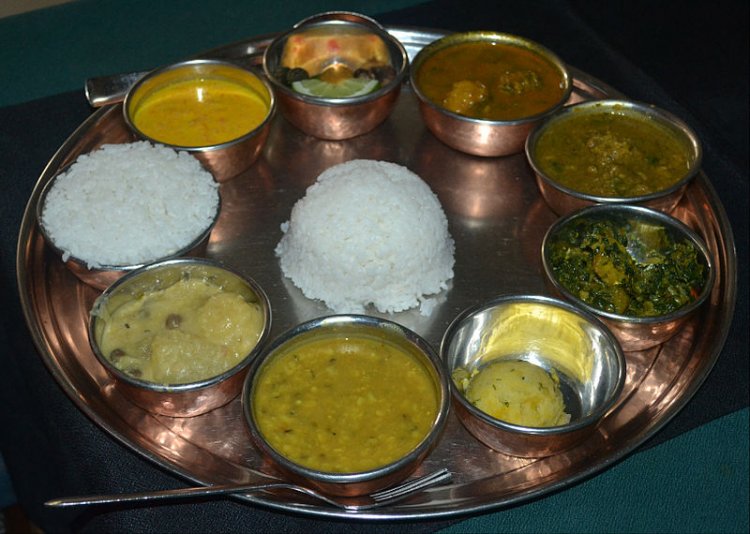
The national food of Nepal is called Dal Bhat. It is a common meal made up of two parts: lentil soup and steamed rice. Dal bhat is a type of food that most people in Nepal eat a lot of. It's a necessary component. Dal Bhat is a meal that represents Nepal's culture and is very popular there. This means that Nepali food is simple and good for your health, and it's important to eat a variety of different foods. People from different ethnic groups in Nepal widely enjoyed it. They commonly have it as a full lunch or dinner.
9. National dress:

People in Nepal wear special clothes called Daura-Suruwal for men and Gunyu-Cholo for women, which are considered national dresses. These clothes are important to the culture of Nepal, and people wear them on special occasions, celebrations, and important events. It's important to remember that the Daura-Suruwal and Gunyu-Cholo are the traditional clothes of Nepal, but people don't always wear them the same way anymore. The clothing style of Western countries is commonly observed among people living in cities and rural areas.
10. National language:
Nepali is the most widely spoken dialect in Nepal and is acknowledged as the official language of the nation. The majority of people in Nepal communicate using the Nepali language. The Nepali language is the dominant means of communication in Nepal and is widely understood and spoken by most of its inhabitants. Nepal is home to a variety of unique languages that are used for communication by diverse communities, such as Maithili, Bhojpuri, Tharu, Tamang, Newari, and Gurung. The government of Nepal says that other languages are important too and help to protect and grow them. The districts of Sikkim and Darjeeling in West Bengal adhere to Nepali as their official language. The Nepali language shares similarities with neighboring Kirati and Gurung languages, which have a notable influence on Nepali.
What's Your Reaction?




























































































